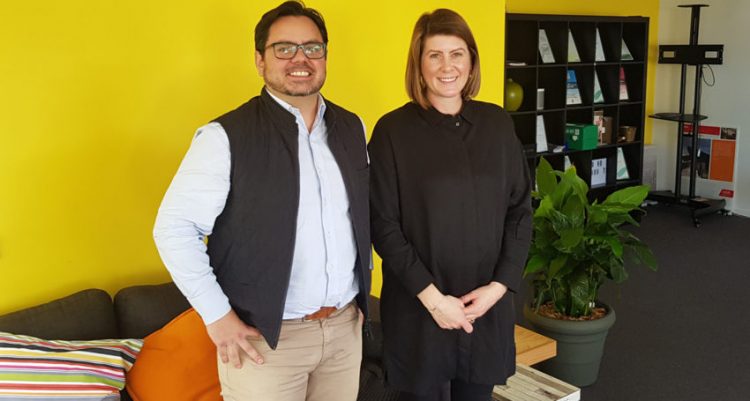Software that uses artificial intelligence to analyse building designs to maximise energy efficiency prior to construction is being launched across Australia next month.
This month the company spun out digital startup Hubble.sh, which aims to launch its web-based platform nationally next month.
The product allows architects and builders to load a design to estimate its energy consumption, comfort level and obtain a close estimate of its star rating. The software takes into account a range of variables such as location, orientation, roof type, window thickness, insulation and ventilation.
Once these fields have been completed, the program then applies its algorithms to the millions of possible combinations to estimate a building’s running costs before the plans have even been lodged.
The materials and physical design can then be adjusted in real time to lower a building’s energy costs and increase its star-rating.
“We are reducing the complexity of energy efficiency and empowering designers and technically everyone in the industry to see the benefits,” Hubble.sh CEO Marco Salinas said.
“Usually energy efficiency happens at the end of the process just for compliance but at that point in time it’s often way too late because it’s really difficult to change the specifications of the building, the layout, the design and the materials. Everything has been approved and the owner is invested with the layout.
“What we’re trying to do is empower those designers, estimators and even owners to really quickly see the benefits of energy efficiency at the beginning of the process and improve their customer experience.”
Hubble.sh has worked with Adelaide’s Artificial Intelligence Laboratory, AiLab, and Carnegie Mellon University on various aspects of the software.
Salinas said there was already a waiting list ahead of the July product launch with particular interest from New South Wales and Victoria.
A 6-star energy rating is considered the minimum compliance for new homes across most Australian jurisdictions but Salinas said ratings of 7 ½ or 8 stars were quite achievable using the tool early in the design process to change the orientation or add simple things like double glazing to reduce running costs.
“The people that have been raising their hands and saying they are really interested so far are building designers and architects, particularly those who have a lot of interaction with the clients,” he said.
“We’re trying to make it so simple that anyone can use it, even a homeowner planning a renovation.”
Salinas said Hubble.sh would continue to be majority owned by SUHO with the aim of attracting external investment to target export markets. He said South Australian innovation specialist Kirk Drage and his team from LeapSheep were currently helping them accomplish that goal.
“The benefit of having a digital service is it allows us to achieve hypergrowth and digital is really lean, which means we can manoeuvre and we can scale up really quickly,” he said.
“The main idea is to export Australian technology to a global market.”
“In terms of market size there is a huge opportunity in Canada, America and Europe but because of its similarity perhaps New Zealand is the first place to go and we are already trying to find partners in New Zealand.”
Although Hubble.sh is not yet publicly available they are currently running a pilot program. Interested parties can join the waiting list online.



